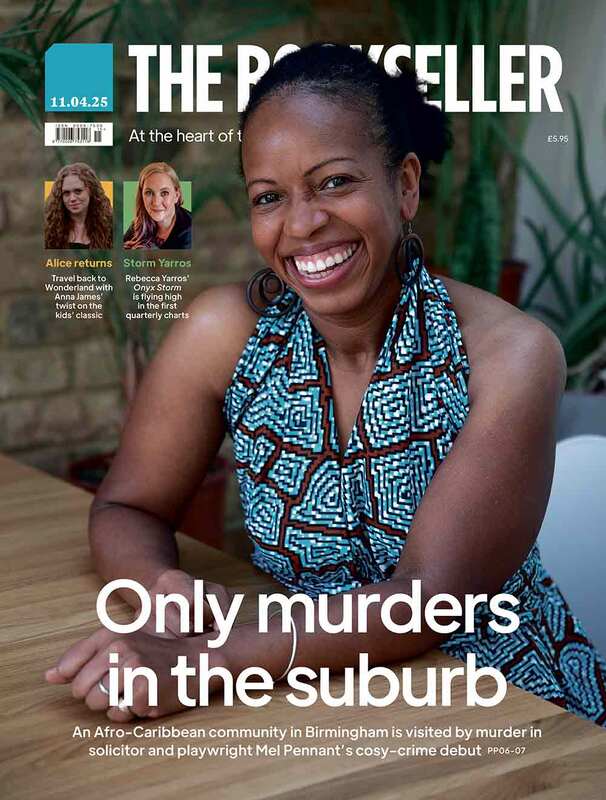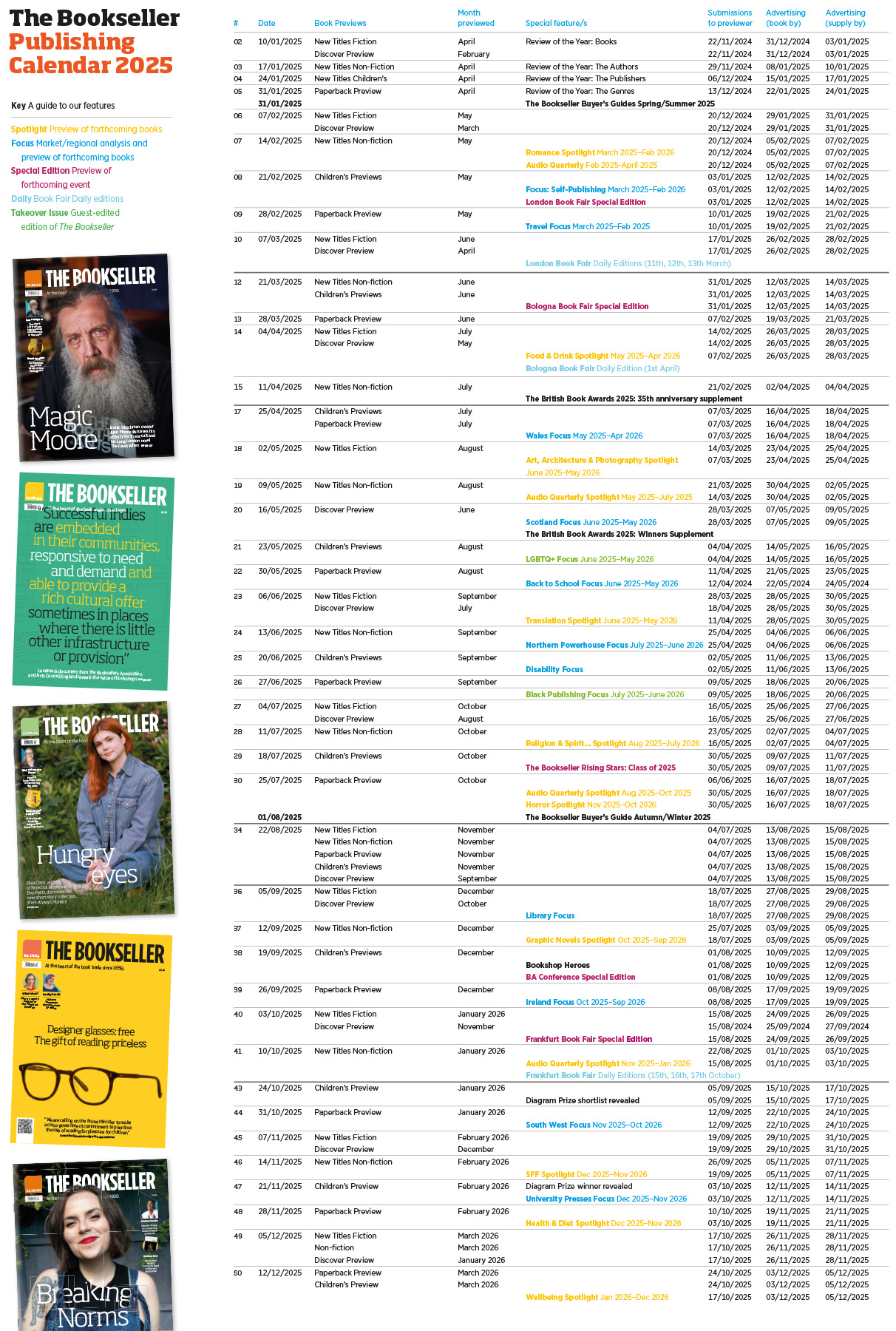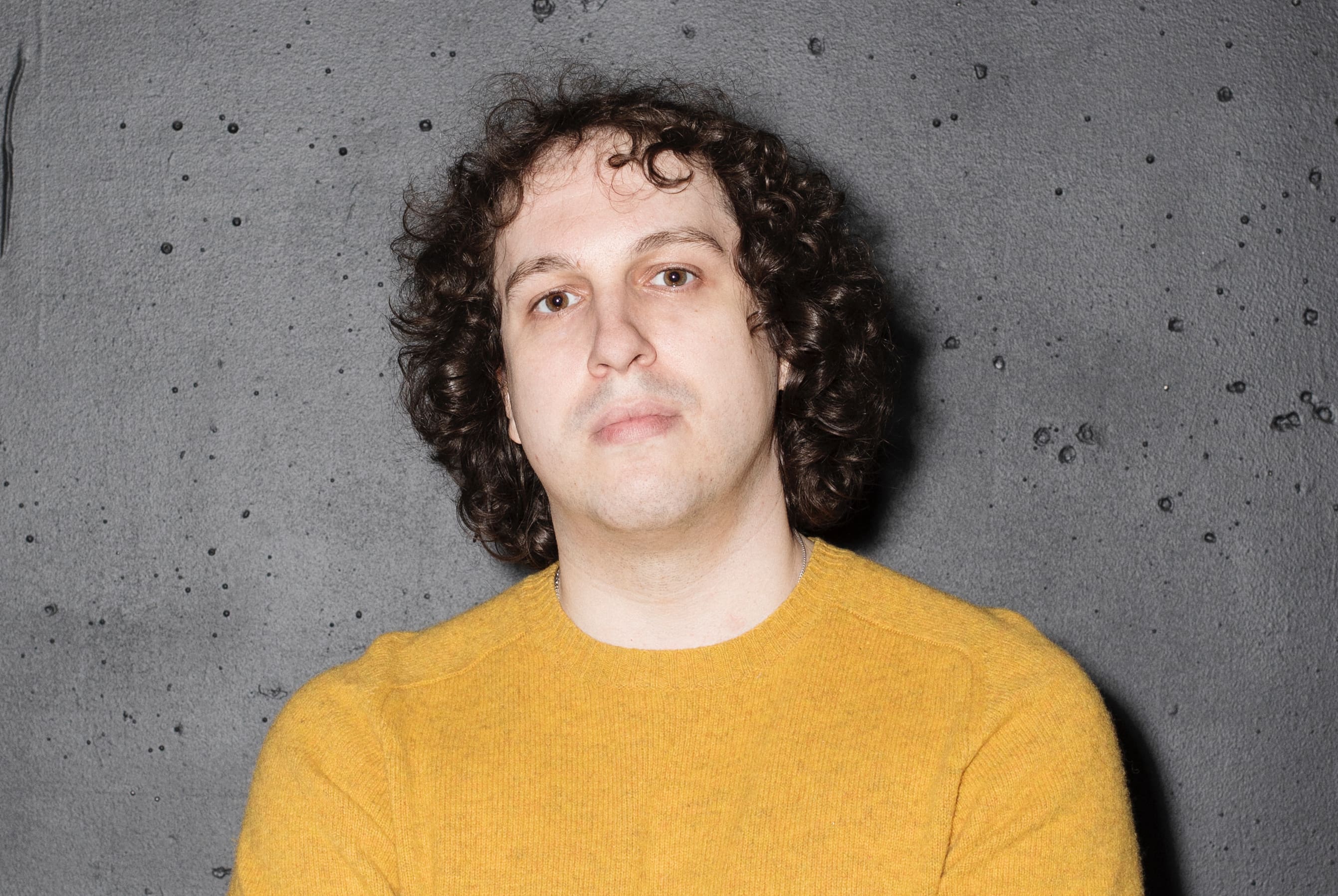You are viewing your 1 free article this month. Login to read more articles.
The real data behind BookTok
Just before Christmas 2019, a friend who worked at a major UK publisher messaged me to ask whether I could help advise them on how to get onto TikTok. They had seen the first ripples of the app’s success breaking on the shore, and thought it may be useful to try and meet the next generation of readers where they’re most comfortable. They knew I was writing my own book on TikTok and wanted some help. In the end, it came to nothing, but the industry has finally woken up to the power of TikTok – at just the right time.
Just before Christmas 2019, a friend who worked at a major UK publisher messaged me to ask whether I could help advise them on how to get onto TikTok. They had seen the first ripples of the app’s success breaking on the shore, and thought it may be useful to try and meet the next generation of readers where they’re most comfortable. They knew I was writing my own book on TikTok and wanted some help.
In the end, it came to nothing, but the industry has finally woken up to the power of TikTok – at just the right time.
Publishing folk are aware of BookTok, the small corner of the app for bibliophiles that boasts 13 billion views and counting. The Bookseller recently reported on the repeated phenomena of publishers selling out of backlisted copies of a book because of a single mention on TikTok.
But few know truly how powerful a sales tool TikTok can be for both old and new titles.
Handily, I’ve interviewed more than 120 people in and around the app, its Chinese parent company and the broader influencer industry over the last three years. I’ve been granted access to internal documents and data I’m not meant to have, which are published for the first time in TikTok Boom. So I can tell you why publishers can’t ignore TikTok.
Let’s start with the scale of the thing. TikTok has, at its most recent count, 732 million monthly active users. Not all of them are readers, of course, but the app can lay claim to nearly half the number of users of YouTube, despite existing for around 20% of the time of the Google-owned video site.
Of those 732 million, at least 17.6 million – about one in four of the UK population – are Brits. There was a time when TikTok was for young people, but I’ve ended up interviewing as many middle-aged mums and dads, and even the odd octogenarian, as I have bright-eyed teenagers. This is all part of TikTok’s plan: the app’s UK managing director told me, around the same time as my friend in publishing asked for my help, that TikTok planned to “age up” its user base. And it certainly has: worldwide, two-thirds of its audience are over the age of 25, according to TikTok internal data shared last month. The other third are particularly prone to pester power: half of TikTok’s Generation Z users have influenced their parents to buy something they discovered on TikTok, or to buy from a retailer they’ve seen on the app.
Users are also especially engaged. While many brands still spend big on traditional broadcast promotion, 30% of American TikTok users said they watched less content on television and other streaming and video platforms after joining the app. TikTok was all they wanted.
And when they’re on the app, they’re swayed to buy by what they see. TikTokers are 17% more likely to make an impulse purchase of something they’ve seen in the app than users of YouTube or Facebook, and 68% more likely than on Instagram – a corrective tonic for those heralding Instagram as the future of e-commerce. And 83% of European TikTok users respond to branded content, compared to an average of 59% across competing platforms.
Wide-eyed publishers may be rifling through their accounts and looking for every spare penny to throw at TikTok – but the platform’s success has brought its own challenges. Meaningful advertising space costs lots of money. Last year, booking the prime spot on TikTok: a top view takeover, the first video a user sees when they open the app, cost $250,000 for a weekend in the United States.
The good news is you don’t need to buy ads on TikTok when its algorithm can propel engaging content towards millions of people at a whim. And once they see it, they’ll buy anyway. A third of European users have bought something in a retailer after being inspired by a TikTok video. What matters is the quality of the videos you post.
It’s why, in large part, I’ve spent the month leading up to my book’s release on July 22nd posting daily (or more often) on TikTok. At first, shooting, editing and posting the videos took a little while – perhaps half an hour a day – but familiarity with the intuitive editing tools has reduced that time. I hop onto trends and answer questions users want. Because I’m a novice creator, though experienced consumer, my view counts started small, but occasionally break through. One 13-second video, which took five minutes to make, reached more than 1,000 people in a few hours. By unspooling short videos packed with useful information about the app that’s come to dominate our lives, I’m hoping to whet the appetite of users who want to learn more. Yes, I’m targeting the millions-strong army of booktokers, but I’m going beyond that, too. Armed with the data, just as you can be too, I’m trying to sell myself, and my guide to TikTok, to the most engaged, free-spending audience online.
Chris Stokel-Walker is a digital culture journalist for The New York Times, Wired, The Guardian and The Times. His book, TikTok Boom: China’s Dynamite App and the Superpower Race for Social Media (Canbury Press) is published 22nd July.






